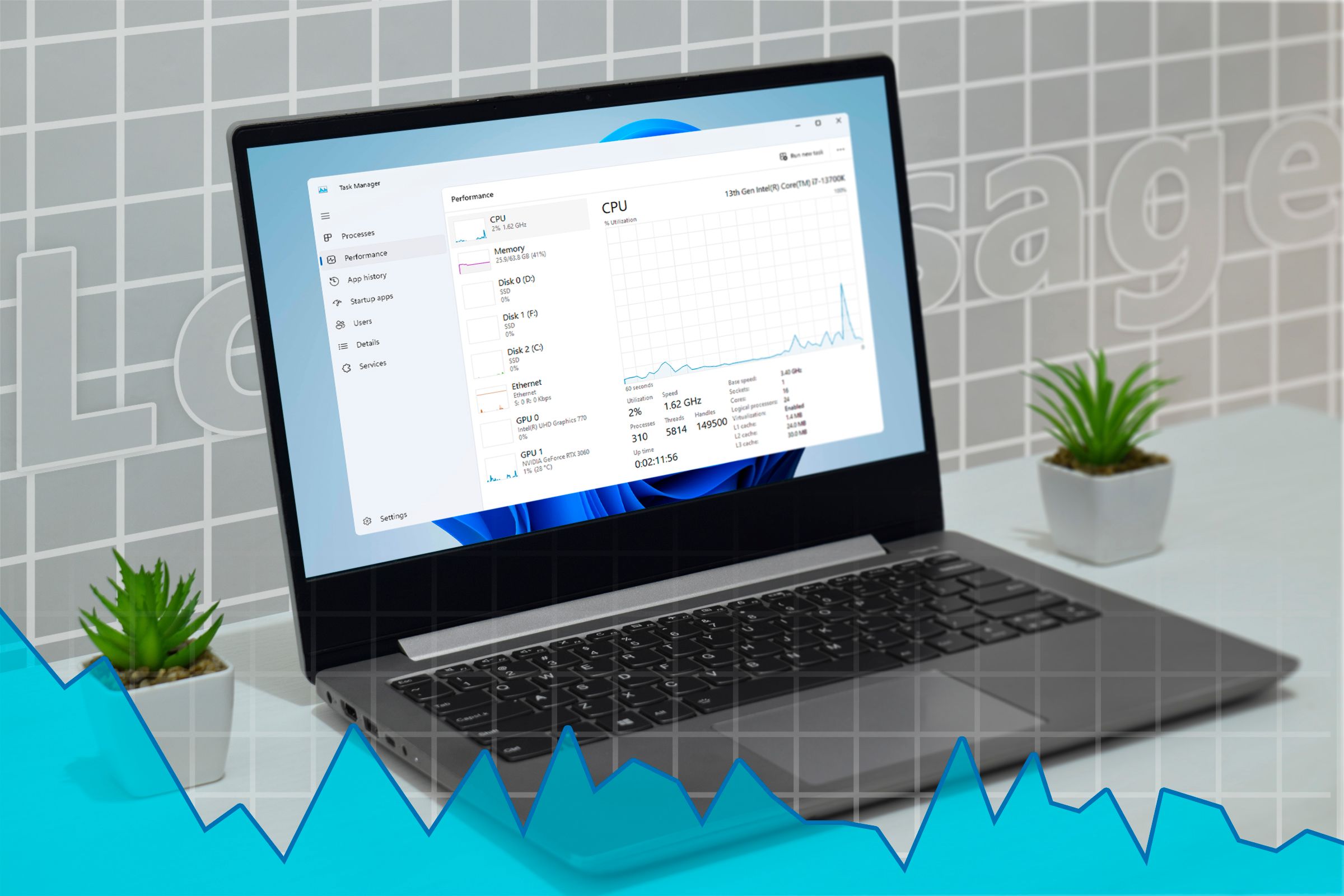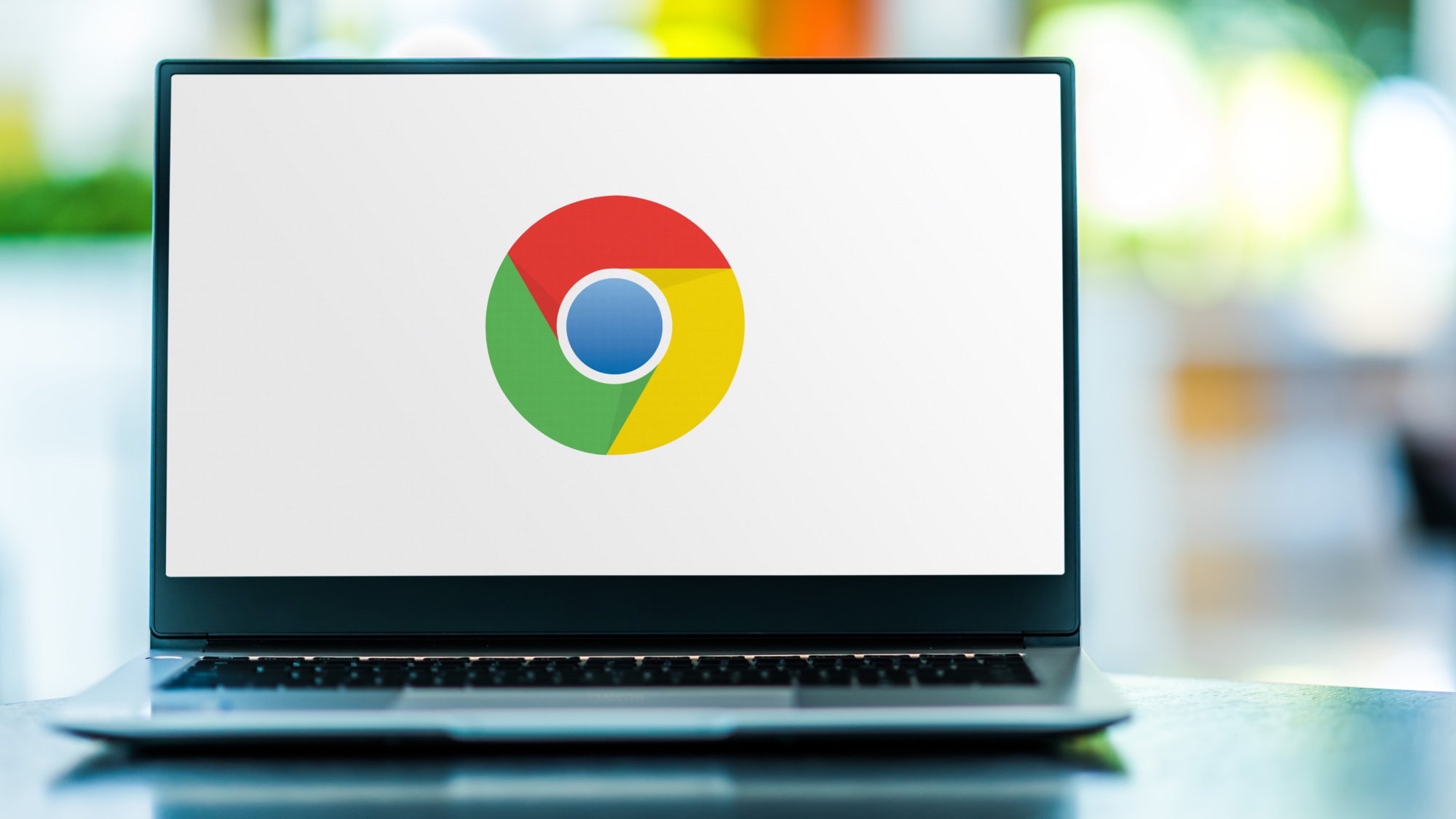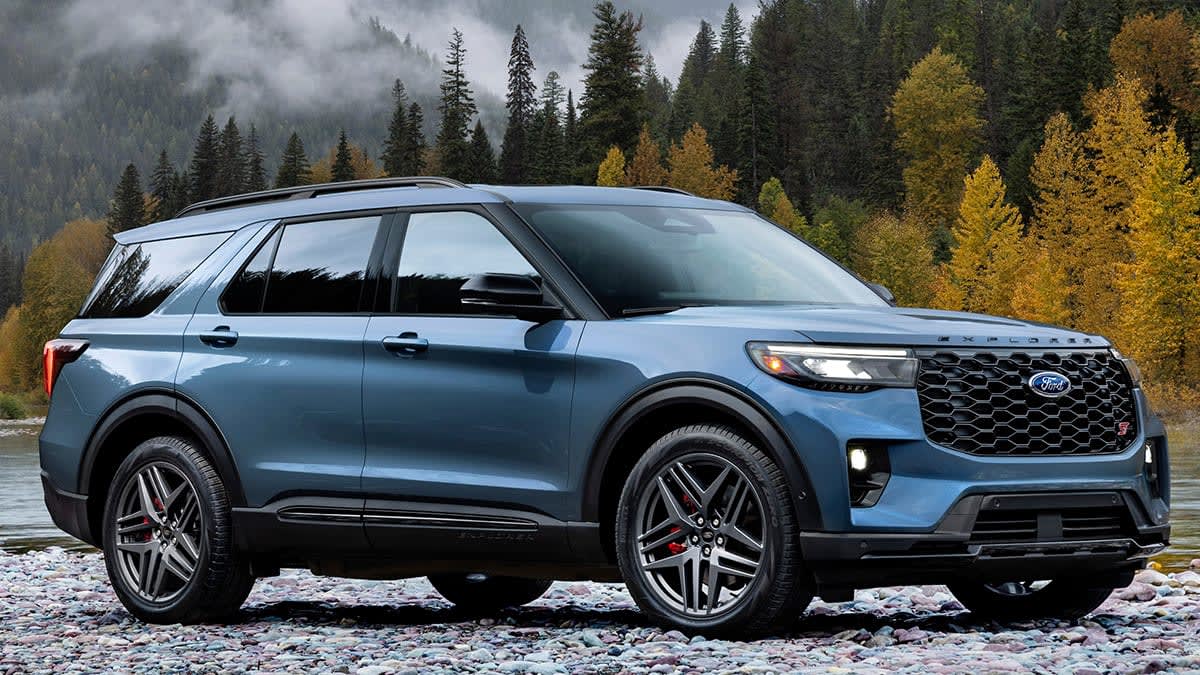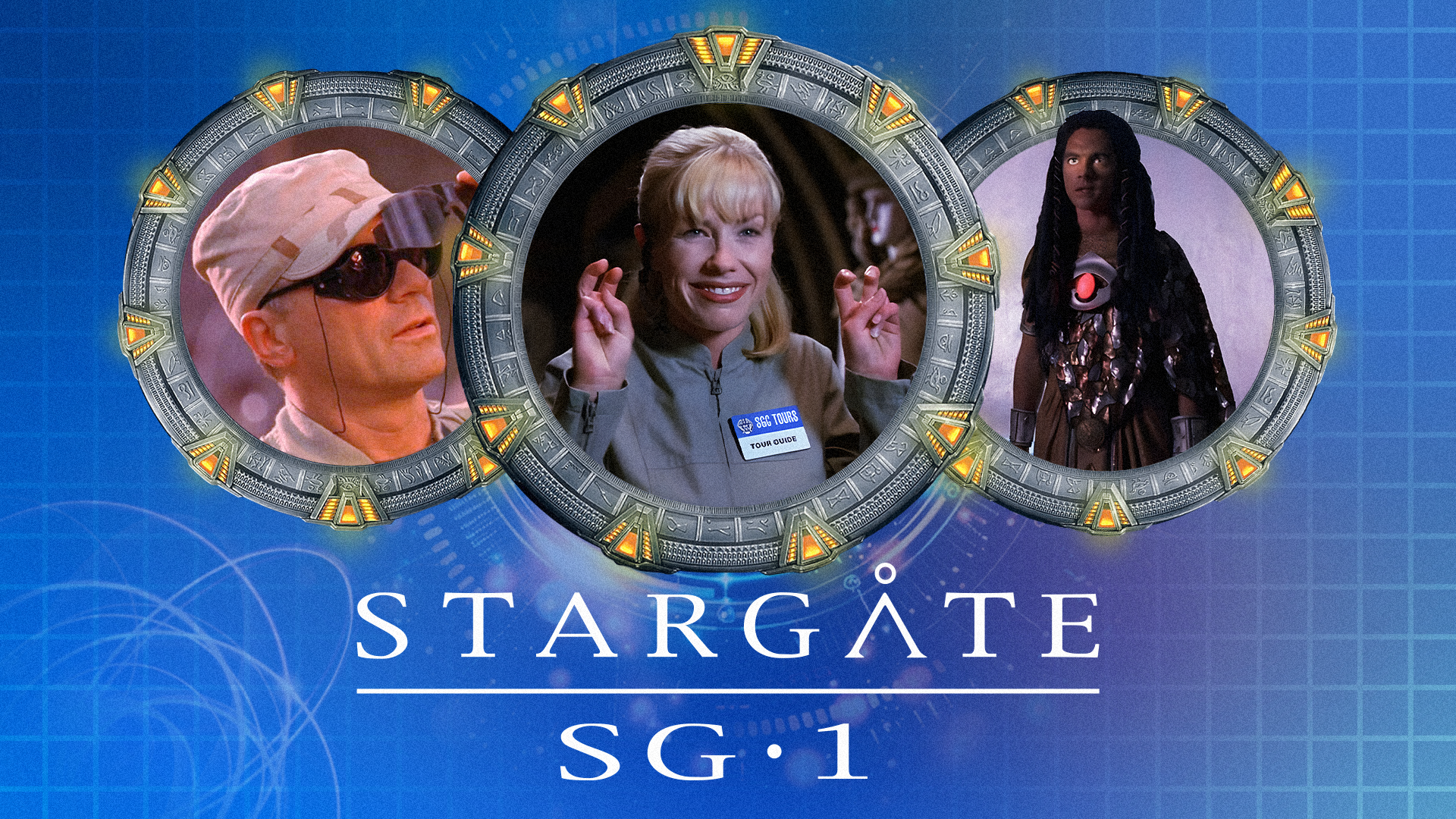Dell Inspiron 14 Plus (7441) review
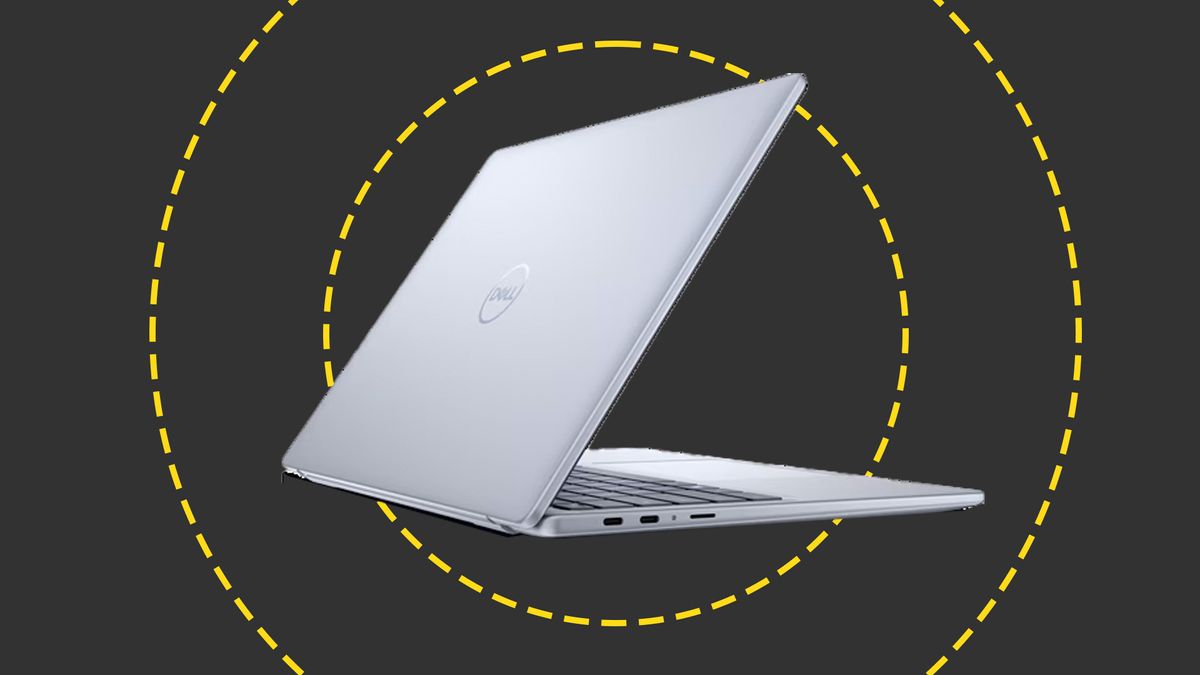
Now that the initial excitement that surrounded the launch of the latest Qualcomm Snapdragon CPUs and their associated Windows-on-ARM laptops has waned new models are landing that are more like workhorses. These models are less overtly interesting perhaps, they lack the elite feel of the Microsoft Surface Laptop 7 or Lenovo Yoga Slim 7x but they’re also cheaper.
Dell has naturally been quick to fulfill the needs of businesses and individuals who want a basic laptop that can run Windows at a decent clip but deliver Mac-like battery run times. To that end, it’s given the utilitarian Inspiron 14 Plus a quick makeover, fitted a Snapdragon X Elite chipset inside, and punted it as everyman’s Windows-on-ARM laptop.
Dell Inspiron 14 Plus: Design
The Snapdragon-powered Inspiron 14 Plus looks very similar to the Meteor Lake model launched earlier in the year. Dell tacitly acknowledges this by giving the two models very similar code numbers; the Core Ultra 155H model is designated 7440 while the new Snapdragon machine is number 7441.
The design differences are few and largely irrelevant such as the reduction in cooling vents and a change in the selection of ports. The one design change that really makes a difference is the addition of an extra pair of speaker grilles flanking the keyboard.
You’ll look in vain for the seamless glass touchpad, capacitive function row, or zero-lattice keyboard that distinguish Dell’s trendy XPS models from the laptop herd. The upshot is the Inspiron models have less of a marmite effect. We don’t see anyone loving the Inspiron design, but more importantly, no one is likely to hate it either.
Made primarily from aluminium the Inspiron 14 Plus is a nicely rounded affair that feels like it should resist the slings and arrows of outrageous use though the lid has more flex than you’d find if the display was fully laminated below a glass screen.
Weighing just under 1.3Kg and measuring 314 x 224 the Dell compares well with the ur-superlight MacBook Air though the Apple machine is rather thinner at just 11.3mm to the Dell’s more portly 16mm.
For a 14in compact, the Dell has a decent selection of ports with two Thunderbolt 4 ports and a MicroSD card slot on the left while on the right there’s a 5Gbit/s Type-A port and a 3.5mm audio jack. That means you’ll need to surrender one of the Type-C ports to connect the 64W rat-and-tail PSU.
Wireless communication protocols are bang-up to date with the Qualcomm FastConnect 7800 modem supporting Wi-Fi 7 and Bluetooth 5.4.
Getting the plastic base off the Dell is an easy job after you have removed the seven Philips screws holding it in place but once inside all you can do is swap out the 2230 M.2 SSD, the battery, and the wireless modem. There’s no space for a second SSD and the RAM is soldered in place.
Dell Inspiron 14 Plus: Keyboard, touchpad and webcam
There’s nothing much to dislike about the keyboard. The layout is almost faultless with the possible exception of the half-height up/down arrow keys when there’s ample space for full-sized keys and the deck is solid enough with just a little give in the center when pushed down hard on.
The keys themselves have a pleasant, slightly rough finish and a clean action across the 5mm of travel and a perfectly damped end-stop. The white backlight has two brightness levels which makes for good legibility no matter the ambient lighting conditions.
There’s a fingerprint scanner built into the power button in the top-right corner which is a handy security feature for those who’d rather not rely on the Windows Hello IR facial recognition system built into the webcam.
At 115 x 80mm, the trackpad is one of the more modest in size for a 14-inch laptop but the mylar surface means that fingers glide smoothly across the surface making gesture navigation reliable and enjoyable. It has a crisp mechanical click-action and makes very little noise. Is the Microsoft Surface Laptop 7’s haptic trackpad better? Yes. But that’s one reason the Microsoft machine costs more.
The 1080p webcam produced crisp and colorful images in all lighting conditions and proved immune to the contrast issues that can occur under bright spot lamps or strong sunlight through windows. This being a Copilot+ laptop you also get the full suite of Microsoft Studio Effect enhancements like background blur and automatic framing.
Of more practical use are the manual privacy shutter and the raft of presence detection settings that can be set to dim or disable the display if the camera detects that you have wandered off in search of coffee or the toilet.
Dell Inspiron 14 Plus: Display
The Dell’s display is a pretty basic IPS affair with a 2,560 x 1,600 resolution, a maximum refresh rate of 60Hz, and no support for HDR content. On the positive side, it’s bright, hitting 491cd/m2, has sufficient color coverage for productivity and basic media consumption, and has a touch interface.
The color gamut volumes of 99.3% sRGB, 70.3% DCI-P3, and 68.4% AdobeRGB won’t satisfy anyone looking for a laptop for serious creative work but at least it’s accurate, with Delta E variation against the sRGB profile of just 1.26 which is as close to perfect as makes no difference.
From a purely pragmatic point of view the crisp 215dpi matrix, 16:10 aspect ratio, and very effective matte anti-reflection coating make for a versatile and useable display no matter what the prevailing environmental circumstances.
Dell Inspiron 14 Plus: Specs and Performance
The Inspiron 14 Plus is available with either the 10-core Snapdragon X Plus X1P-64-100 or the 12-core X1E-80-100 CPU. Regardless of processor, you get the same 16GB of LPDDR5X RAM and the same Adreno GPU and Hexagon NPU.
The 10-core CPU in our review machine proved more than capable of matching the obvious competition scoring 12,922 in the Geekbench 6 multi-core test. That compares to 11,833 for the Core Ultra 155H Inspiron 14 Plus, 11,715 for the M3 MacBook Air, 10,360 for the Luna Lake Asus Zenbook 14, and 14,520 for the 12-core Snapdragon Microsoft Surface 7 Laptop.
In the 3DMark Night Raids test – one of the few GPU tests for Windows-on-ARM – the little Dell scored 26,844 compared to the Surface 7 Laptop’s 26,922 and the Lenovo Yoga Slim 7x’s 25,988. Given the presence of the same GPU, these similar scores should come as no surprise.
Putting the Inspiron 14 Plus under heavy stress saw CPU utilization drop to 40% in pretty short order while the GPU continued to run at 100%. The drop in processor performance was more marked than we’d have liked but at least the system ran flat-out with very little fan noise even in Dell’s Ultra Performance setting.
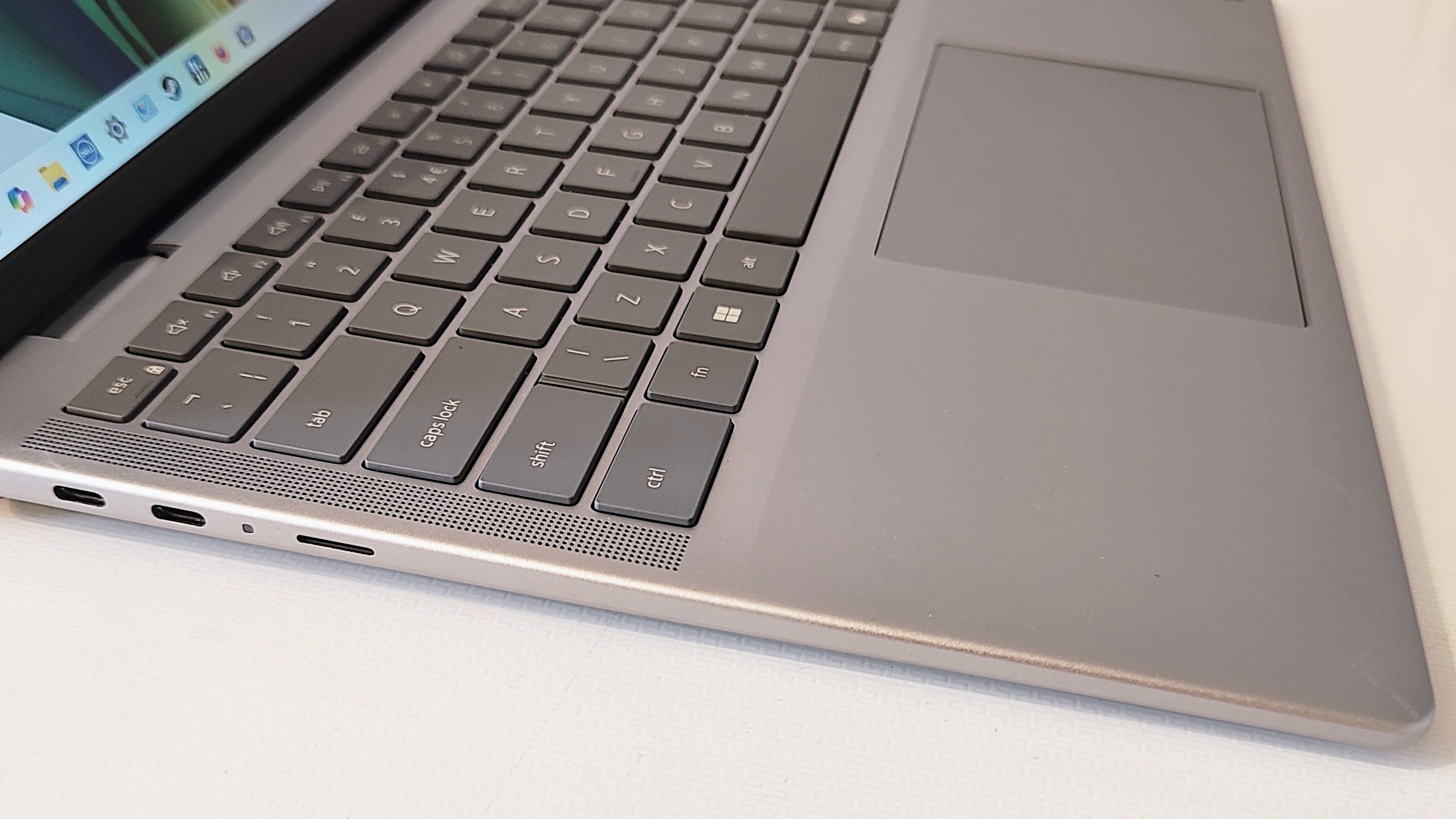
Enough has been said about the usefulness – or lack thereof, depending on your view – of the local AI features supported by the neural processors that are a requirement of the Copilot+ brand but Microsoft has now announced that the postponed and much-maligned Recall feature will arrive soon via a Windows update. Some see this as one of the truly useful features of Copilot+, others as the thin-end of a privacy apocalypse. As always the truth lies somewhere in between.
The Samsung-made 1TB SSD in our review model performed well, recording average sequential read and write speeds of 4,258MB/s and 2,245MB/s respectively. Given the Inspiron’s price and intended role, those are good numbers.
There can be no more obvious example of how much the battery life expectations of Windows laptops have jumped recently than that the Inspiron 14 Plus’ result of 15 hours and 39 minutes was rather disappointing, at least alongside the likes of the Microsoft Surface 7 Laptop and Asus Zenbook S14, which managed 18:35 and 17:09, respectively, in the same video rundown test using the VLC media player.
The middling performance is due to the Dell’s rather small battery; it’s just 54Wh, compared to the 15in Surface 7’s 66Wh and the Zenbook S14’s 73Wh. Of course, the little Dell is still streets ahead of the Intel Meteor Lake 155H-powered Inspiron 14 which struggled to hit the 12-hour mark and it did better than the Apple M3 MacBook Air 13.6 we tested recently which ran out of juice at just over 14 hours and 30 minutes.
While the new Inspiron 14 Plus can still easily see you through a full day of pretty intensive graft we were left wondering why Dell didn’t fit the Snapdragon model with the same 4-cell 64Wh battery as the Meteor Lake machine. That extra 10Wh would likely propel the new model from good to great when it came to battery life.
Dell Inspiron 14 Plus: Is it worth it?
Buying a Snapdragon Inspiron 14 Plus is a slightly more expensive exercise than picking up the Meteor Lake model. The latter will set you back £799 (£665 ex-VAT) with a Core Ultra 155H CPU, 16GB of RAM and a 512GB SSD. Replace the Core Ultra chip with the Snapdragon X Plus X1P-64-100 chip and you’ll be paying £50 more or £707 ex-VAT. For £999 (£832 ex-VAT) you can have the X1E-80-100 12-core CPU and a 1TB SSD.
That entry-level price makes the Dell Inspiron 14 Plus the cheapest of the new crop of Qualcomm-powered laptops and, given the impressive levels of performance and battery life, it’s impossible not to see it has very good value when the Microsoft Surface 7 Laptop starts at £1,049 (£874 ex-VAT) and the MacBook Air at £1,099 (£915 ex-VAT), both with a 256GB SSD.
If what you are after – either as an end-user or a service manager – is a smart, compact, and relatively powerful laptop with genuine all-day battery life and all at a price that won’t make the accounts department whimper then the Dell Inspiron 14 Plus should be top of your list.
Dell Inspiron 14 Plus specifications
| Display | 14-inch 2.5K (2,560 x 1,600), 60 Hz IPS | Row 0 – Cell 2 |
| Processor | Snapdragon X Plus, X1P-64-100 | Row 1 – Cell 2 |
| GPU | Qualcomm Adreno GPU | Row 2 – Cell 2 |
| RAM | 16 GB LPDDR5X | Row 3 – Cell 2 |
| Ports | 2x Thunderbolt 4, 1x USB-A 3.2 Gen 1 port | Row 4 – Cell 2 |
| 3.5mm audio jack | yes | Row 5 – Cell 2 |
| Card reader | MicroSD | Row 6 – Cell 2 |
| Storage | 1TB PCIe 4 SSD | Row 7 – Cell 2 |
| Connectivity | Wi-Fi 7, Bluetooth 5.4 | Row 8 – Cell 2 |
| Weight | 1.3kg (2.87lbs) | Row 9 – Cell 2 |
| Dimensions | 314 x 223.7 x 15.6mm ; 12.4 x 8.8 x 0.62 inches (WxDxH) | Row 10 – Cell 2 |
| Battery | 54Wh | Row 11 – Cell 2 |
Source link




